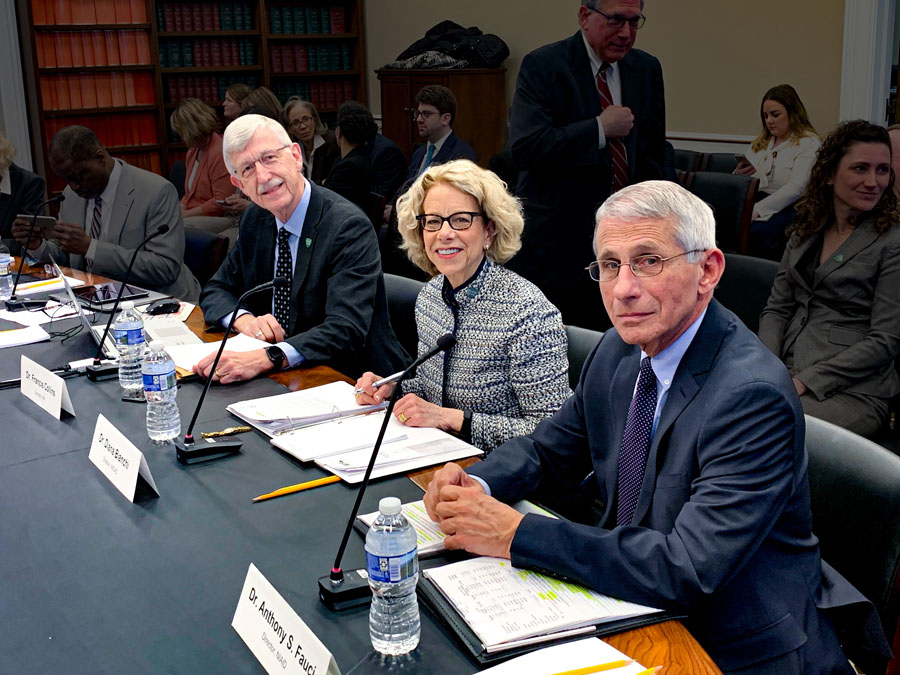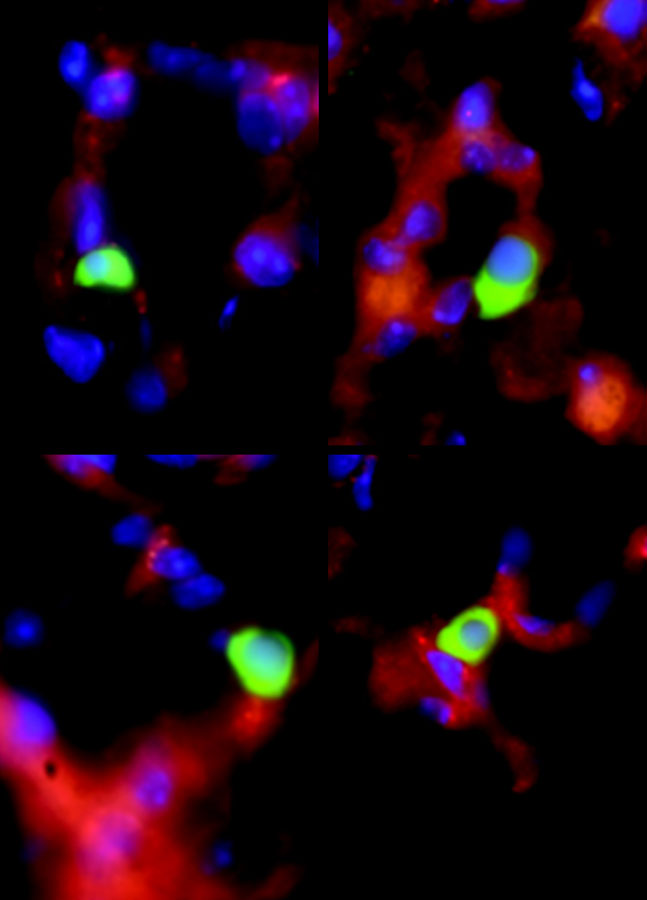 For more than five decades, NICHD has been a global leader of research involving women, children, and people with disabilities. In the fields of developmental biology, reproductive health, pediatrics, child development, population dynamics, and medical rehabilitation, our commitment to research and training has uncovered new knowledge about health and disease and inspired scientists of all ages to confront the medical issues that affect our world.
For more than five decades, NICHD has been a global leader of research involving women, children, and people with disabilities. In the fields of developmental biology, reproductive health, pediatrics, child development, population dynamics, and medical rehabilitation, our commitment to research and training has uncovered new knowledge about health and disease and inspired scientists of all ages to confront the medical issues that affect our world.

Today, the United States and the global community face an array of challenges—such as increasing rates of death related to pregnancy and childbirth—that threaten to erode gains in public health. At the same time, technology breakthroughs, whether in genome sequencing or artificial intelligence, offer new opportunities for scientific discovery and advances in medical practice. NICHD must remain well-positioned to support the research and training needed to address these challenges and opportunities.


In 2018, we began to take a fresh look at our portfolio and chart potential research directions. Institute staff and external stakeholders worked closely together to identify areas in which NICHD can lead, partner and collaborate, and invest in training and infrastructure. Along the way, we reached out to advocacy groups and the general public, who in turn provided input and shared their ideas with us. The amount of thoughtful feedback we received during this process was remarkable and reflects the significance of our research to the public’s health and well-being. We are truly grateful for everyone who helped us bring the NICHD Strategic Plan to fruition.


The strategic planning process has provided us with the opportunity to step back and ask ourselves who we are and where we desire to go. To that end, our plan also includes new NICHD mission and vision statements that crystallize the collective goals and aspirations of our work.
Indeed, the strategic planning process has been long, but what appears in this document represents only the beginning. Over the next five years, our scientists and staff will work together to make the plan’s research goals and objectives a reality. As our new mission statement says, NICHD will lead research and training to understand human development, improve reproductive health, enhance the lives of children and adolescents, and optimize abilities for all. Through these efforts, we hope to fulfill our vision of “Healthy pregnancies. Healthy children. Healthy and optimal lives.”
Sincerely yours,
/S/
Diana W. Bianchi, M.D.
 BACK TO TOP
BACK TO TOP